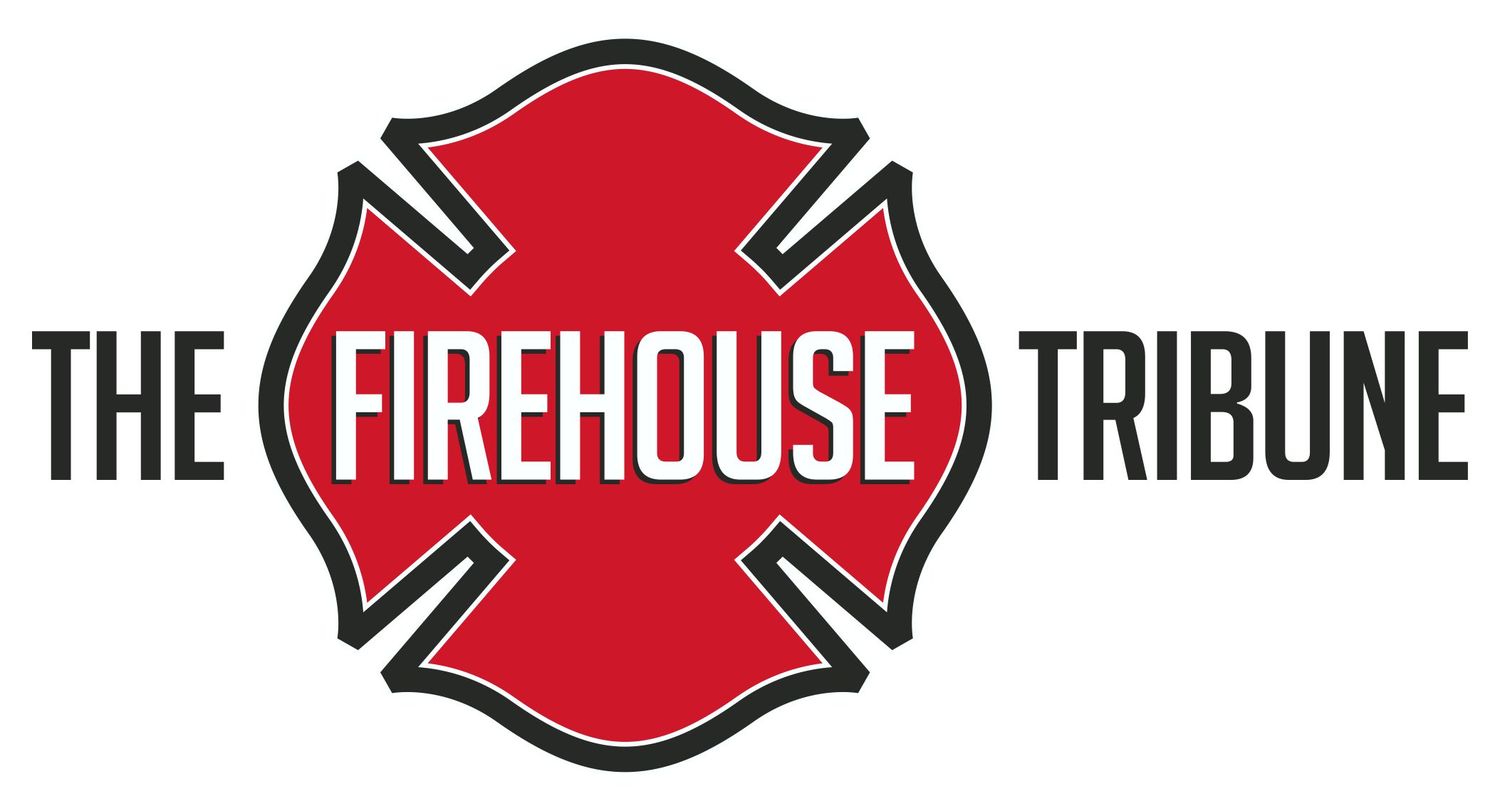The World’s Worst Dispatcher
Dispatch is often overlooked despite its critical role in public safety. If fire engines, squad cars, and ambulances are chess pieces and the community is the board, dispatchers are the chess players—strategically observing the larger picture, placing each piece with precision, and anticipating Murphy's next move. Dispatchers are a responder's closest ally when an incident begins to escalate. Firefighters call for police to secure the scene, police request medics when a child is injured, and ambulances call for firefighters when extra hands are needed. All of these crucial decisions are made through radio communications, orchestrated by the chess-masters in dispatch.
A smooth shift often depends on a well-trained, focused dispatcher watching over the scene. Conversely, when operators ask incomplete questions or hastily deploy resources, even a routine shift can devolve into chaos. The solution to this is nearly always better training, provided the dispatcher is committed to doing their job with diligence.
Yet, we often overlook a similar system operating within us. Hidden away in its own black box, the brain acts as our personal dispatch center. It takes in data from our senses—sight, sound, touch, and beyond (proprioception, equilibrioception, and interoception, to name a few)—and uses these inputs to construct a worldview. This system generates our beliefs, impulses, moods, and behaviors, ultimately shaping the person we become.
Most of us go through life unaware of this process, convinced we are the sole authors of our thoughts. But left unchecked, this mental dispatcher can run wild, sending us on endless, unnecessary calls—false alarms and emergencies of our own making. It is as if the world's worst dispatcher lives between our ears. We get dispatched to the past, replaying and rehashing events long since concluded. We respond to the future, anxiously accelerating through worst-case scenarios and imaginary conversations that rarely unfold as we expect. The mind’s dispatch center can become so untethered that we find ourselves responding to problems that don’t exist—while ignoring events right in front of us. For first responders, this can mean staying on duty mentally, physically, and emotionally long after the uniform comes off.
But it doesn't have to be this way.
Mindfulness meditation offers a way to break free from this reactive loop. It teaches us to first notice the mental chaos—to recognize when our inner dispatcher is sounding false alarms. With continued practice, we learn to distinguish between urgent signals and distracting noise, to reset our responses, and to cancel ourselves en route to unnecessary dispatches.
Unlike the immediate duty to act in uniform, we can cultivate the ability to notice which events truly deserve our attention. We can choose our "assignments" with greater freedom, bringing a sense of peace and clarity. Over time, the dispatch center within our minds can quiet down, allowing us to be more present and connected to the things we value most, both on duty and off.
• Josh Grandinetti - Fire Captain & Founder of Foundation Fortified

